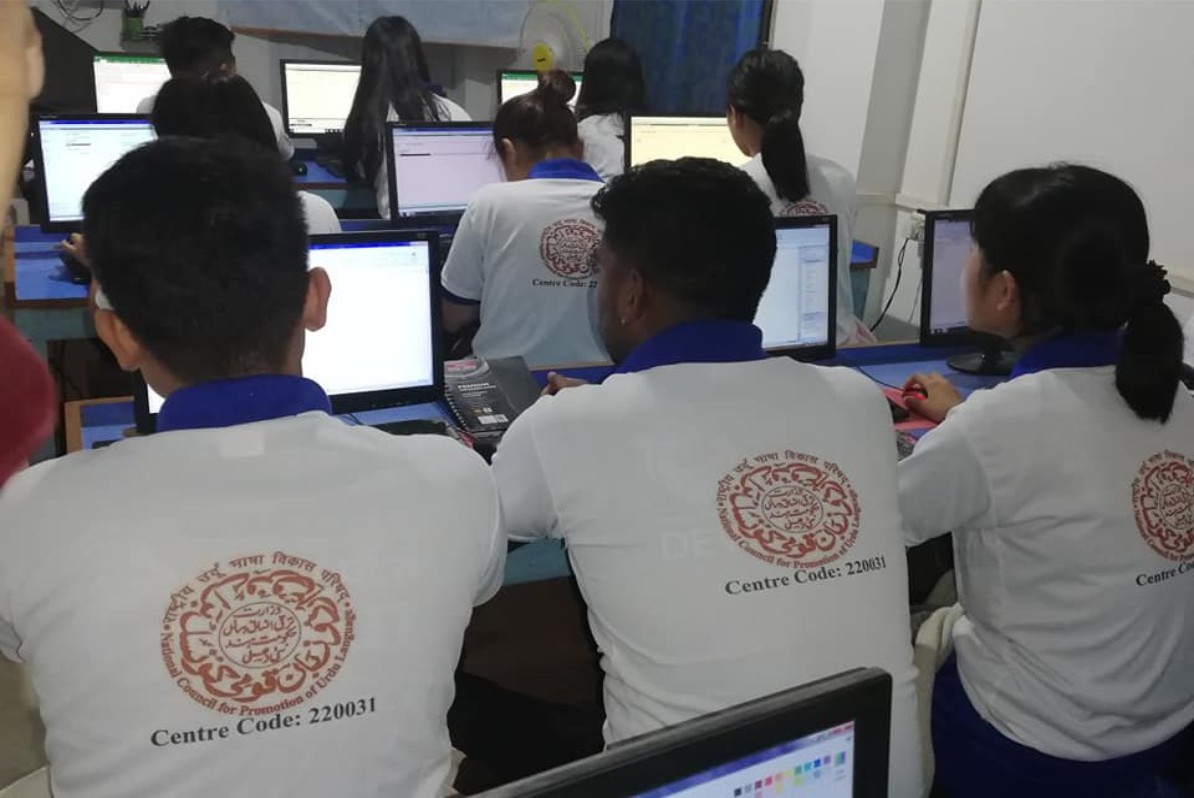In the grand tapestry of technical education in India, the National Institutes of Technology (NITs) stand out like shimmering constellations in the night sky. Their reputation for fostering excellence in engineering and technology has cemented their position as premier institutions. However, the realm of mathematics and computing often prompts discussions among prospective students and academics alike. One might ponder: is there a dedicated branch that interweaves the intricate threads of mathematics with the expansive field of computing within the NIT framework?
At the heart of this inquiry lies the epiphany that mathematics serves as the foundational bedrock upon which the edifice of computing is constructed. The intricate algorithms that govern computational processes are deeply rooted in mathematical theories. This symbiotic relationship establishes a compelling argument for the amalgamation of these two disciplines. NITs, being institutions that harness the dual forces of innovation and tradition, offer various programs that incorporate elements of both mathematics and computing, albeit under different nomenclatures.
The Graduate Aptitude Test in Engineering (GATE) frequently reveals the interrelationship between mathematics and computing. Aspirants routinely encounter questions that necessitate a profound understanding of discrete mathematics, linear algebra, and numerical methods—each serving as a stepping stone toward mastering computational domains. However, a more poignant question arises: do any NITs offer explicit branches that elucidate the confluence of mathematics and computing?
As one traverses the educational landscape of NITs, one encounters the Computer Science and Engineering (CSE) program, which, while primarily defined by its programming-centric curriculum, inherently requires a deep dive into areas like mathematical logic, statistics, and optimization theory. The mathematical undercurrent is woven into the fabric of courses, prompting students to grapple with computational theory, algorithm analysis, and even machine learning—fields that demand proficient mathematical acumen.
Further exploration reveals specialized areas within CSE that exemplify this fusion. The domain of Data Science, an emerging powerhouse in the computational arena, is a quintessential embodiment of where mathematics and computing converge dramatically. Here, statistical methodologies intersect with algorithmic prowess, allowing data to be transformed into actionable insights. Programs dedicated to Data Science at select NITs exemplify the fervent pursuit of knowledge where mathematics underlies the very principles of decision-making and predictive analytics.
Moreover, there exists a burgeoning field, known as Computational Mathematics, that specifically encapsulates the essence of elements from both realms. The discipline pushes the boundaries of mathematics by applying numerical techniques and computational algorithms to solve mathematical problems. Certain NITs, accommodating progressive trends in academia, have initiated research groups and courses focused on Computational Mathematics—an academic venture that investigates complex phenomena through computational lenses.
Yet, while the CSE department illustrates the interdependence of mathematics and computing, another facet beckons attention: the Mathematical Sciences department, or its equivalent across NITs. Within this domain, courses are tailored to encapsulate pure and applied mathematics, often interfacing with concepts that underpin computational theories. Programs such as Applied Mathematics or Mathematical Engineering emerge as interdisciplinary junctions, where students embark on paths that include topics ranging from numerical analysis to complex systems, allowing an analytical perspective indispensable for understanding computational frameworks.
The allure of this academic synthesis extends far beyond theoretical discussions. Engaging in projects and research at the intersection of these two domains, students find themselves poised at the forefront of innovation. The advent of artificial intelligence and machine learning heralds a new epoch where mathematical rigor meets practical applicability. Scholars who possess a dual expertise in both mathematics and computing increasingly find themselves in high demand across various industries, particularly in sectors like finance, healthcare, and technology.
Furthermore, the collaborative nature of research and development within NITs creates a fertile ground for interdisciplinary initiatives. By facilitating partnerships between departments, NITs promote an environment where students can leverage mathematical theories to address computing challenges. Initiatives such as hackathons, workshops, and research symposiums foster a culture of inquiry, allowing students to innovate collaboratively, underpinning their academic pursuits with pragmatic solutions to real-world problems.
As potential scholars deliberate on educational trajectories, it becomes imperative to acknowledge not merely the explicit facets of academia, but the latent possibilities that emerge when mathematics entwines with computing. The journey through an NIT can equip students with a toolkit that is not only academically rigorous but also pragmatically versatile, preparing them for a future where problem-solving transcends traditional disciplinary boundaries.
In conclusion, while dedicated branches may be elusive, the interplay of mathematics and computing remains a prominent theme within the diverse offerings of NITs. Each program, whether in CSE, Data Science, or Mathematical Sciences, encapsulates elements of both domains, nurturing a generation of scholars adept at navigating the complexities of modern technology. Like the intricate dance of electrons around a nucleus, the fusion of these disciplines yields a vibrant spectrum of possibilities, illuminating the path for future innovators in an ever-evolving landscape of knowledge.












